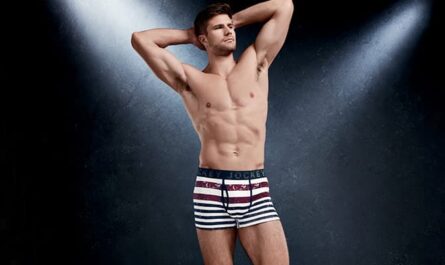The athletic footwear market comprises a diverse range of shoes designed for sports and fitness activities. These include running shoes, basketball shoes, soccer cleats, tennis shoes, training shoes, cross training shoes, walking shoes and other specialty sports shoes. Athletic footwear offers support, stability, cushioning and traction depending on the sport. They are made with breathable and lightweight materials to keep feet cool and comfortable during physical activity or exercise. Some key features of athletic footwear include enhanced cushioning in high impact areas, flexible outsoles for natural movement, breathable uppers, lace closure for secure fit and slip resistant traction sole.
The Global Athletic Footwear Market is estimated to be valued at US$ 85,047 Mn in 2024 and is expected to exhibit a CAGR of 1.8% over the forecast period 2023 to 2030. Rapid growth in active lifestyle, health awareness and emergence of new sports is driving demand for high-performance athletic shoes.
Key Takeaways
Key players operating in the Athletic Footwear are Nike, Inc., Adidas Group, Crocs, Inc., Wolverine World Wide, Inc., Skechers U.S.A., Inc., Under Armour, Inc., Puma AG, Geox SpA, K- Swiss, New Balance. Nike and Adidas collectively dominate over 50% of the global market share due to strong brand recognition and product innovation.
Growing health consciousness and active lifestyles have increased participation in sports, fitness activities and recreational running. Rising obesity levels, especially in developed nations, has prompted people to integrate workout routines in their daily lives. This has significantly boosted demand for comfortable, lightweight and durable athletic footwear across gym, yoga, running and other sports.
The market is witnessing rising global expansion into new regions. Leading athletic brands are investing in endorsements, retail outlets and e-commerce to penetrate developing Asian, African and South American countries. Growing middle class population and rising disposable incomes in these emerging economies will drive future market growth.
Market Key Trends
Mass popularity of activities like running, jogging and fitness training has emerged as a key trend driving the athletic footwear market. Sport inspired casual shoes are increasingly occupying retail shelves targeting the growing active lifestyle audience. Enhanced comfort technologies utilizing new materials like knit uppers, compression overlays and lightweight soles are gaining traction. Sustainability is another rising trend with many brands focusing on more eco-friendly manufacturing incorporating recycled content. 3D printing technology is enabling mass customized designs and made to order models based on individual foot shapes.
Porter’s Analysis
- Threat of new entrants: Low economies of scale for new entrants due to established brand value and supply chain of existing players.
- Bargaining power of buyers: High due to availability of substitutes but brand loyalty keep buyers’ bargaining power in check.
- Bargaining power of suppliers: Moderate as raw material suppliers have limited control over prices due to availability of alternative raw material sources.
- Threat of new substitutes: Moderate threat from new player’s private label brands and alternatives from sport accessories industry.
- Competitive rivalry: Intense competition among major players to win customers through innovation, brand positioning and new product developments.
Geographical Regions
North America accounts for the largest share in value terms currently due to high demand for new athletic shoes among fitness enthusiasts. The United States alone contributes more than 50% revenue to the region.
Asia Pacific region is expected to demonstrate fastest growth during the forecast period led by increasing health awareness and participation in sports activities across youth population in China and India coupled with rising disposable incomes. Growing middle class demographics in these countries would continue to drive the sales of athletic footwear in Asia Pacific.




